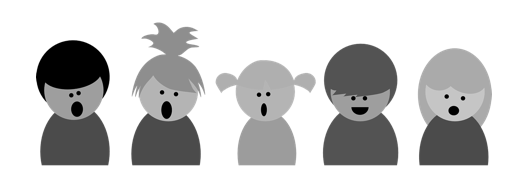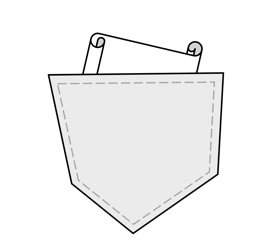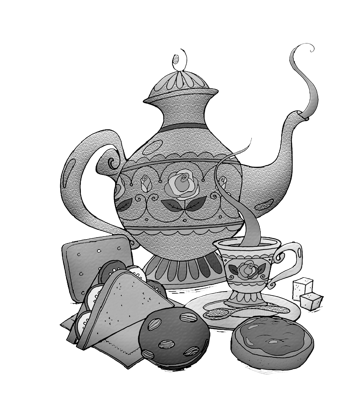
Teaching Poetry to Kids
Do you find poetry difficult? Inaccessible? Or, worse yet, boring?
You’re not alone. Poetry is challenging and is deviant from standard English, making it tough for student and teacher alike. So, why teach it? Read this post and learn the benefits of studying poetry along with my classroom-tested approach to teaching poetry to kids, some direction on poetry selection, and a few ideas to help make poetry accessible and enjoyable.


The Benefits of Teaching Poetry
The benefits of reading poetry are many. Poetry enhances reading and analytical skills, and it helps students think more abstractly (one of the main reasons higher-level math is encouraged). The fact that poems are often short can also make them seem less intimidating and manageable. A short poem can pack a big learning punch.
My Approach to Teaching Poetry
I think it’s fair to say that you can ruin poetry by over-analyzing it. However, just like any art form, without any analysis and understanding of the tools being used, you lose appreciation for it. You can guide students through poetry so that they gain access to it. Over time, I’ve developed this simple approach for teaching poetry to kids.
1. Give a biography of the author along with historical notes.
This puts the poem in context, builds needed background knowledge, and gives students a clue as to what is coming next.
2. As a class, do a cold read.
Then ask what students think the poem might be about. How does it make them feel?
3. Define each word, point out the literary devices being used such as meter, figurative language, etc.
Discuss various interpretations.
4. Read one final time.
Enjoy the poem and the aha feeling of now knowing what the poem is saying.


Poem Selection
My go-to for poem selection is the Core Knowledge Sequence. This sequence focuses on the classics for its poetry selection and smartly suggests grade-appropriate works for kindergarten through grade 8. (Why Read the Classics? Read more here. ) I also like to add to this with fun poems and with music lyrics.

Student Presentations
I prefer not to test poetry. My aim is to to make it accessible and enjoyable. So, I have students perform it. Here’s three ideas to get your students presenting poetry.
1. Poetry Performances
My favorite poetry activity for students in upper elementary and middle school is poetry performances. Students this age still love to play. It’s important if you choose to conduct poetry performances that, as the teacher/director, you look at the body of poems to be presented – choose what can be blocked well and make sure the selection varies with serious poems and some just for fun. I like to mix poems from Shel Silverstein with classics in the presentations I design.
2. Poem in My Pocket
This is such a simple and sweet idea. Have your students find a poem that resonates with them or have them compose an original. Schedule a day to have your students put this poem in their pocket. Inform your school community and ask them to request that the students share their poem with them throughout the day. Looking for ways to incorporate Poem in My Pocket while social distancing? Poets.org gives ideas on ways to incorporate Poem in My Pocket Day from afar here!
3. Read Aloud
Coupled with a Poem in My Pocket or as a stand alone, have your students read aloud a favorite poem and explain its significance to them. Give your classroom a coffee-shop feel by serving tea and biscuits during the presentations. Keep it celebratory and simple!


Rooster's Teachings Resources
To help you get started teaching poetry to kids, Rooster's Teaching Resources offers poetry lessons geared for grades 4-6 that each include:
*fully editable PowerPoints of the poems along with a short biography of the author
*lesson plans with key vocabulary, literary and interpretative notes, and discussion questions
*supporting Internet links

Poetry doesn’t have to be difficult.
With some prep and with these suggestions on teaching poetry to kids, you can make it accessible and celebratory and give your students a real sense of accomplishment by leading them to understand this challenging art form.
©Tuiolosega 2020







